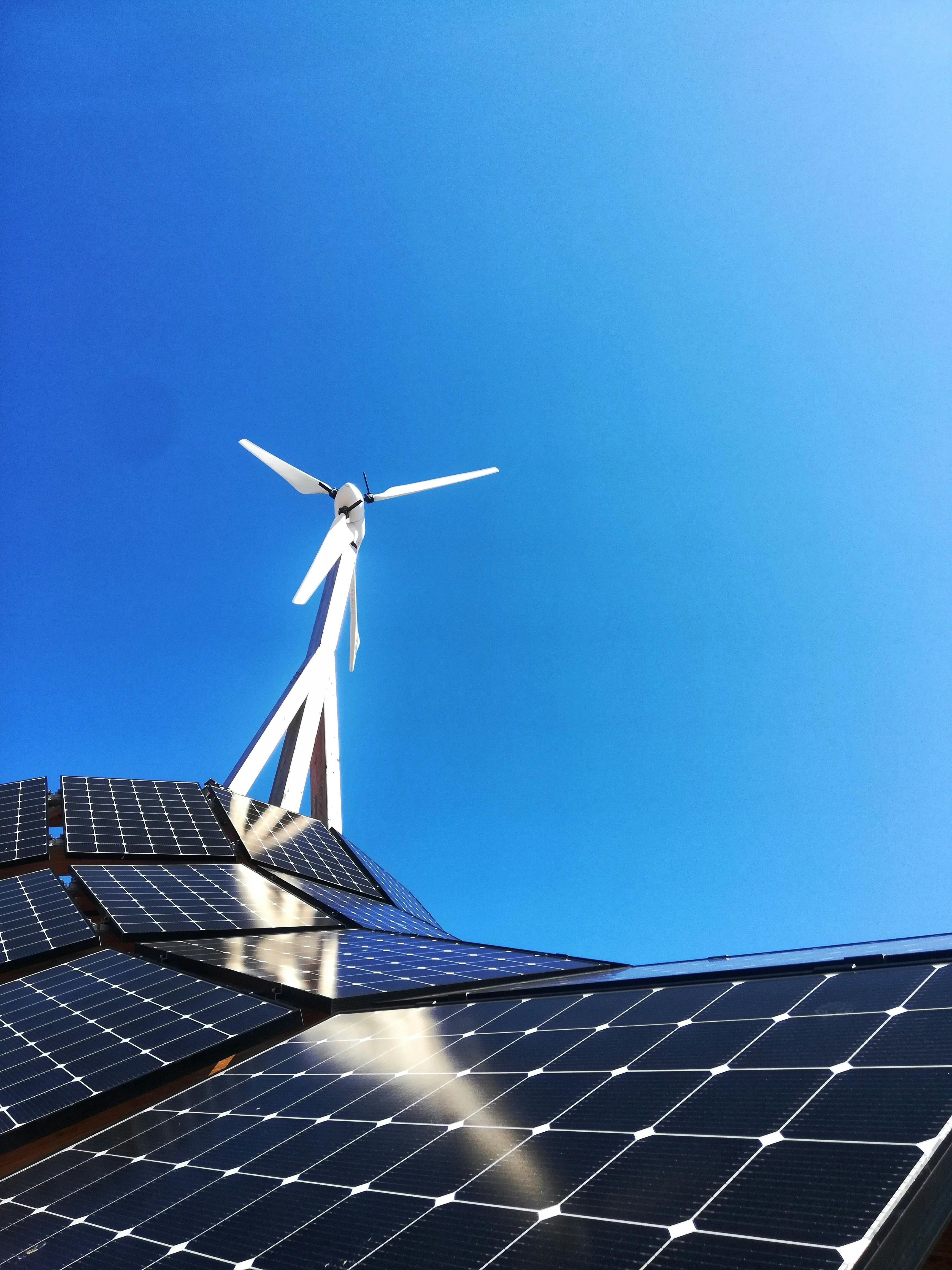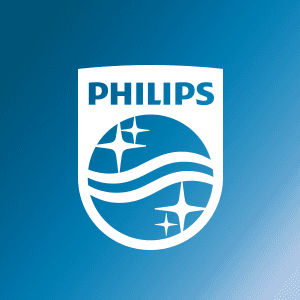
Harness PPA for renewable electricity
 Philips
PhilipsSummary
Using Power Purchase Agreements (PPAs) to achieve 100% renewable electricity goal, through collective efforts with other businesses to support renewable projects
Context
Within its sustainability strategy, Philips prioritizes environmental initiatives that stand to deliver the greatest impact in the areas where it is most able to make the most difference. The company has achieved its 2020 target to source 100% renewable electricity and has also reached carbon neutrality across its global operations.
Now, it is moving ahead with its ambitious 2025 climate change goals. This includes reducing the CO₂ equivalent emissions from its sites by 75% by 2025 and 90% by 2040, compared to 2015 levels. Philips also aims for 75% of its total energy consumption to be derived from renewable resources.
To achieve this, it purchases renewable electricity available in relevant markets or via local utility companies. The company has also installed solar panels at sites across the US, Europe and Asia. PPAs played a direct role in reaching its renewable energy target, and now contribute >50% of the renewable electricity used by Philips.
Solution
The first of Philips’ PPAs was the Los Mirasoles wind park in the United States, which has powered all of Philips’ US-based operations since 2018.
Additionally, Philips has collaborated with other major companies (AkzoNobel, DSM and Google) to collectively buy renewable electricity from Bouwdokken and Krammer wind farms in the Netherlands. Since 2019, all its Netherlands operations are powered directly by these wind farms.
Image: The Bouwdokken windfarm in the Netherlands

Further, it has secured green energy through several long-term pan-European consortiums with industry peers including Nouryon, Heineken and Signify, driving incremental production of renewable electricity in Europe. This effort has supported the development of 35 wind turbines in Finland, due to be completed in 2023. Importantly, the partners have committed to purchasing renewable electricity from the wind farm for the first ten years through a virtual PPA. This includes all Philips’ remaining sites in Europe. The electricity will be physically delivered to the Finnish grid, while the four consortium partners benefit from Guarantees of Origin. This provides income stability for the renewable project and guarantees clean energy benefits for the corporate buyers. While the companies have signed PPAs for renewable electricity in the past, this is the first time that such a consortium has formed a virtual PPA to increase renewable electricity in Europe. In order to ensure that 75% of Philips's total energy consumption is derived from renewable resources, the company purchases renewable electricity available in relevant markets or via local utility companies. It has also installed solar panels at sites across the US, Europa and Asia.
Impact
Climate impact
Targeted emissions sources
Scopes 1 and 2
Decarbonization impact
Sourcing from PPAs directly contributed to reach Philips’ 100% renewable electricity goal
In addition, PPAs are enabling to source renewables with high levels of transparency, traceability and additionality, directly expanding the grid’s renewable capacity
Business impact
Benefits
Business benefits of PPAs include:
Allows to lock in a fixed electricity price, or fixed cap, with no upfront capital requirement
Provides visibility over future electricity costs and protects against fuel and electricity price volatility
Reduces risks related to potential future changes to carbon pricing
Increases recognition for renewable electricity achievements
In comparison to owning generation assets, PPAs allow a business to remove focus from non-core areas
Implementation
Key parameters to consider
An early ambition is advisable, as wind and solar farm Power Purchase Agreements take at least 2-5 years from the first partnership to energy delivery
The potential for corporate organizations to help achieve a sustainable national grid in the countries where they operate
Integrating sustainability and climate priorities within all strategic decisions as a major lever to leave fossil fuels behind and transition to renewable energy
Due to technicality, an expert is usually needed
Implementation and operations tips
Ensure that you have a good and thorough knowledge of your electricity needs now and in the coming years
Team up with other companies to investigate opportunities in wind or solar farms. Sharing knowledge and costs are the key benefits
Jointly find a consulting partner to guide you through the exploration and contracting phase of your PPA